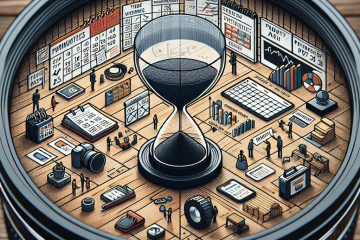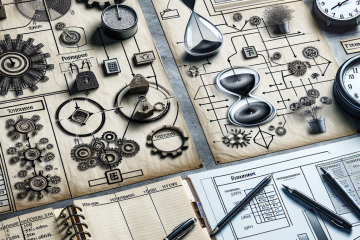Restoring a classic car can be a rewarding and satisfying DIY project. Whether you’re a seasoned car enthusiast or just starting out, there are common mistakes that can be easily avoided with the right knowledge and tools. In this car restoration guide, we’ll cover some of the most common pitfalls to watch out for when working on your vintage vehicle.
1. Skipping Proper Planning
One of the biggest mistakes people make when embarking on a DIY car restoration project is skipping the planning phase. Before you start tearing apart your classic car, take the time to create a detailed plan outlining what needs to be done, what parts you’ll need, and how much time and money you’re willing to invest in the project.
2. Using Incorrect Tools
Having the right tools for the job is essential when restoring a classic car. Using incorrect tools can not only slow down your progress but also cause damage to your vehicle. Make sure you have a good set of basic tools such as wrenches, screwdrivers, pliers, and sockets, as well as specialized tools like sanders, welders, and paint guns.
3. Neglecting Rust Prevention
Rust is the enemy of any classic car restoration project. Neglecting rust prevention can lead to costly repairs down the line. Be sure to thoroughly inspect your vehicle for any signs of rust and treat it promptly with rust inhibitors or primers before moving forward with any other restoration work.
4. Rushing Through Bodywork
Bodywork is often one of the most time-consuming aspects of restoring a classic car. Rushing through this step can result in poor quality workmanship and an unsatisfactory final result. Take your time when sanding, filling, and painting to ensure a smooth finish that will last for years to come.
5. Overlooking Electrical Systems
Many DIY enthusiasts tend to overlook the importance of checking and repairing electrical systems in their classic cars. Ignoring faulty wiring or outdated components can lead to safety hazards and performance issues. Be sure to inspect all electrical components carefully and replace any damaged or worn-out parts.
6. Failing to Document Progress
Documenting your progress throughout the restoration process is not only satisfying but also practical. Keeping track of what you’ve done, what parts you’ve used, and any challenges you’ve encountered will help you troubleshoot issues later on and provide valuable information for future maintenance.
7. Underestimating Costs
Restoring a classic car can be an expensive endeavor if you’re not careful with your budgeting. It’s easy to underestimate costs when it comes to sourcing rare parts or unexpected repairs. Make sure you have a realistic budget in place before starting your project and be prepared for unforeseen expenses along the way.
In Conclusion
Restoring a classic car is a labor of love that requires patience, dedication, and attention to detail. By avoiding these common mistakes and following this DIY car restoration guide, you’ll be well on your way to bringing your vintage vehicle back to its former glory.
If you’re looking for high-quality tools for your car restoration project check out our selection at RestorationTools.com!



0 Comments